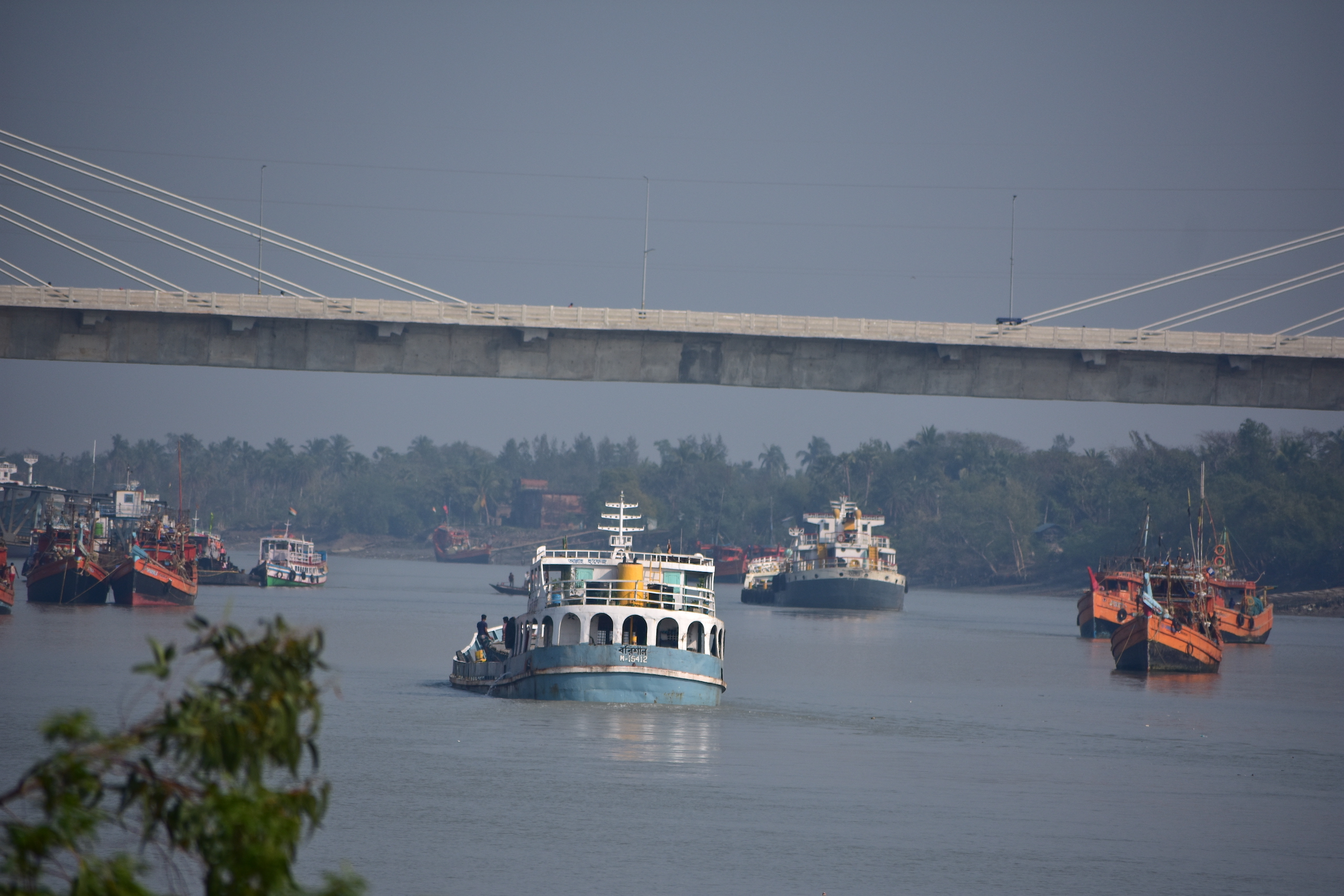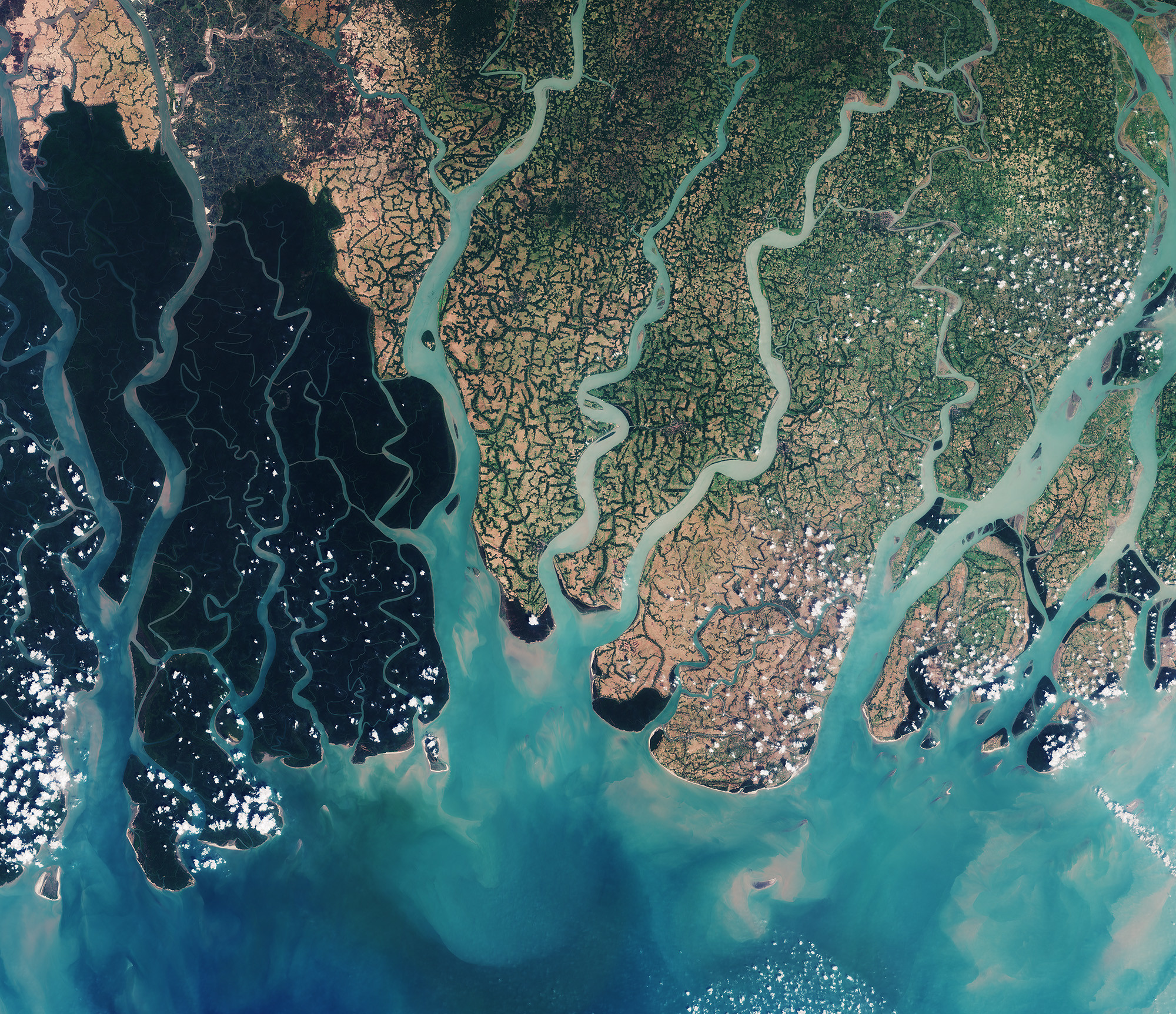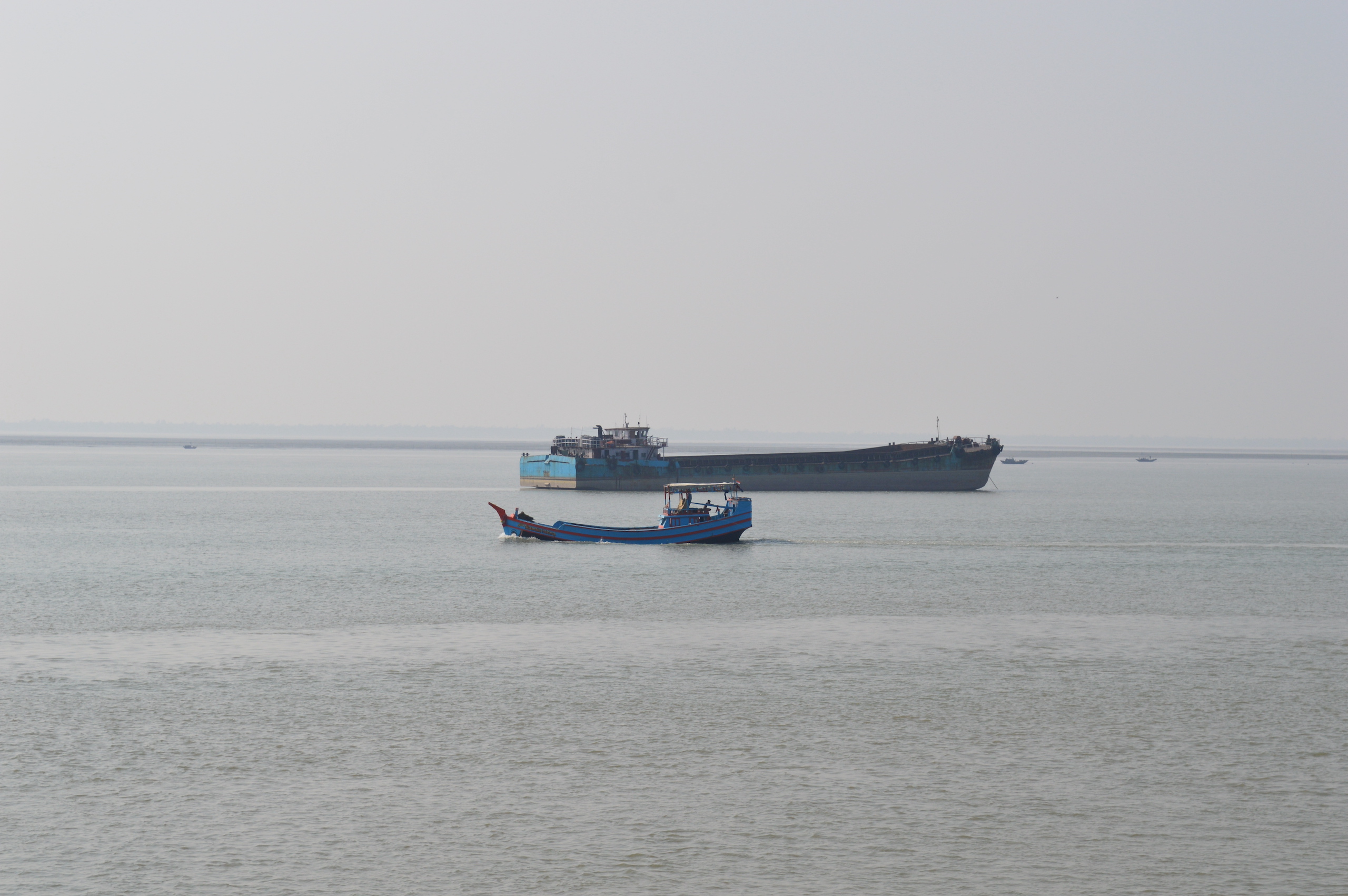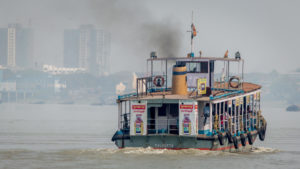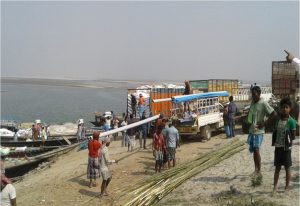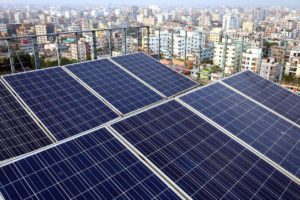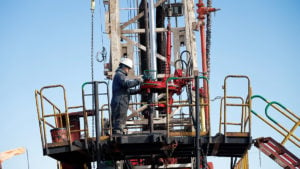A 2.5-year legal battle in India’s National Green Tribunal (NGT) over how fly ash is transported between India and Bangladesh has revealed significant problems in how transboundary shipping is regulated.
In 2020, the West Bengal fishers organisation – the Dakshinbanga Matsyajibi Forum (DMF) – appealed to the NGT after a series of boat collisions and sinkings on the rivers and estuaries that they depend upon for their income and survival. The DMF argued for better regulation of barges carrying fly ash, a residue from coal burning that contains toxic heavy metals and other pollutants. When fly ash is spilled into rivers, these can contaminate water and harm aquatic life.
Fly ash, which is used in cement manufacture, is transported between India and Bangladesh along river routes specified in the Indo Bangladesh Protocol (IBP), which indicates the routes that inland vessels can take, as well as the regulations that must be followed by vessels taking this route.
Shortly before the NGT issued its final judgement, on 25 February 2023, a fly ash-laden vessel collided with another boat on the Hooghly River near Kulpi, West Bengal. This was the seventh sinking since March 2020 along the IBP routes within India.
The DMF launched its legal case after a spate of five incidents in 2020, arguing the mechanisms regulating barges carrying fly ash along IBP routes were inadequate. As well as providing a livelihood to fishers who depend on healthy fish stocks, the routes run near the ecologically fragile Sundarbans, the largest mangrove forest in the world, which is shared by India and Bangladesh.
Who is responsible?
The NGT’s proceedings revealed conflicts between a host of regulators from both countries, each subject to their own national and regional government structures.
In India, the routes on which the barges capsized are the responsibility of both the Inland Waterways Authority of India (IWAI) and the Syama Prasad Mookerjee Port – formerly Kolkata Port. The IWAI governs India’s national waterways and navigation channels on the IBP routes. Both the port and IWAI fall under the jurisdiction of the national Ministry of Shipping, Ports and Waterways.
Among Indian regional authorities, duties also fall on the provincial government of West Bengal, the West Bengal Pollution Control Board, and the Irrigation and Waterways Department of the government of West Bengal.
Meanwhile, in Bangladesh, the Inland Waterways Transport Authority is a crucial actor on the IBP routes.
Disputes over who is responsible for taking action after a polluting collision were on view after an interim order was issued by the Tribunal on 27 July 2022. In their responses, the IWAI and Syama Prasad Mookerjee Port Trust laid the blame on each other. The IWAI’s submissions claimed four of the five barge accidents cited in the legal case took place under the port’s jurisdiction. However, the port placed responsibility on the IWAI, suggesting that Bangladesh-bound vessels have not followed IBP rules, despite warnings.
For instance, an affidavit submitted by the port trust on 9 March 2023 stated that the Bangladeshi barge MV Wani 2 had been operating near Ghoramara Island without an Inland [waterways] Master on board, nor did it follow its designated route, in breach of the transboundary protocol.
The IWAI’s arguments insisted that “accidents happen for reasons beyond human control such as cyclones, mechanical failures of vessels, inclement weather, human error of judgment and sometimes negligence.” Leaving aside negligence, these natural factors are characteristic of the Bay of Bengal region, so the navigation protocol should have factored them in.
Cyclones are commonplace along India and Bangladesh’s transboundary rivers. Salvage operations for capsized vessels were delayed after Cyclone Amphan in 2020, according to a letter of 9 June 2020 sent by a shipping agent to the IWAI, which the DMF obtained through a freedom of Information request by Manthan Adhyayan Kendra.
However, even without the impact of cyclones, one barge was not salvaged from the river for more than a year. An affidavit filed by West Bengal Pollution Control Board on 30 January 2023 discusses a fly ash barge that capsized on 3 November 2021, but was still in the river in January 2023. Sunken barges can themselves pollute the river’s ecology and become a navigation hazard.
Human error and negligence are also cited as a reason for the accidents. The port trust’s 9 March 2023 affidavit to the Tribunal details incidents in which the existing protocol was not implemented. For instance, all barges should have a pilot on board, but on 26 January 2023 a barge without a pilot on board was hit by another barge, leading to fly ash being dumped in the river.
It is not only river ecosystem that is at risk from collisions and sinkings of fly ash barges; the barge crews are in danger too. Newspaper reports reveal that between seven and 13 crew members were rescued in each of these incidents, mostly by fishers – the community who will suffer most from the damage done in the long term.
Weak and disappointing judgment
The Tribunal’s final judgment on 20 March contained two positive elements. First, it acknowledged the harm caused by fly ash barges capsizing, and said that victims must be compensated on the principle of absolute liability. Evocation of the principle of absolute liability is a welcome step, as it means that agencies responsible are liable even if the disaster is an accident.
Second, the Tribunal noted the potential for damage to fisheries and the “need to take mitigation measures against such incidents in future.”
“This requires revisiting the applicable regulatory framework,” it said, issuing a broad hint that the existing regulatory regime is not adequate.
Less positively, the Tribunal did not exert any significant pressure on regulators to make changes.
An open process is urgently needed to review safety protocols to deal with the barges and navigation channels
During the proceedings, the IWAI disclosed it had drafted a Standard Operating Procedure as guidance for dealing with future accidents on the Indian side. However, neither the November 2022 draft nor amendments ordered by the Tribunal have yet been published. The deadline passed on 22 May 2023, but more than a week after the deadline, no details were available on either the IWAI or Ministry of Shipping’s websites.
The Tribunal also set up an expert committee in 2020 with West Bengal state government representatives and technical experts to look into the extent of damage caused by the incidents. The committee recommended a detailed damage assessment survey of spillage in tidal stretches like the Sundarbans waterways in the Hooghly River. It also recommended that the Tribunal order the IWAI to conduct a comprehensive environmental impact assessment (EIA) report on short- and long-term impacts on National Waterway 97 within a year.
However, the NGT did not make any specific orders to follow up on these recommendations.
Nor did the Tribunal do anything to strengthen navigation safety rules. The committee recommended mandatory installation of transponders and good marine radios on barges by March 2021, and that barges be certified to withstand strong tidal currents and norwesters – a localised springtime stormy weather pattern in India and Bangladesh.
But the Tribunal merely directed statutory regulators such as the IWAI to consider these recommendations.
Since the case is now disposed of, and there were no time-bound orders, there is no monitoring of whether these recommendations will be implemented, or by when.
During the proceedings before the NGT, the IWAI stated that 3.9 million tonnes of fly ash was transported from India to Bangladesh using these river routes, via 3,823 voyages between January and November 2022. With the rising demand and usage of these river trade routes for fly ash, it is imperative to evolve better safeguards to mitigate the risks. This requires a time-bound action plan involving concerned regulatory authorities and experts from both India and Bangladesh, and with the active participation of the vulnerable communities who use these transboundary stretches, especially fishers.
Because these river stretches are transboundary in nature, it is also important to include and conduct combined studies with inputs from the Bangladesh Inland Water Transport Authority (BIWTA) to better regulate the routes. This is all the more important because of similar accidents on the Bangladesh sides of the routes, with a number of Bangladeshi civil society organisations having flagged the dangers of poorly regulated transboundary shipping of fly ash.
While the IWAI and BIWTA are the overall coordinating agencies from the two countries, given the multiple agencies at both federal and provincial levels involved in managing the river systems, an open process is urgently needed to review safety protocols. These must deal with not only the barges and navigation channels, but also the river ecosystem, boat crews, and communities dependent on the rivers.
